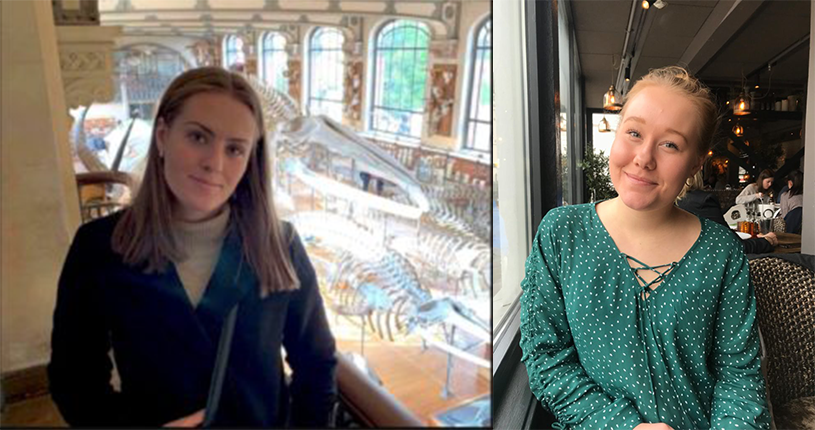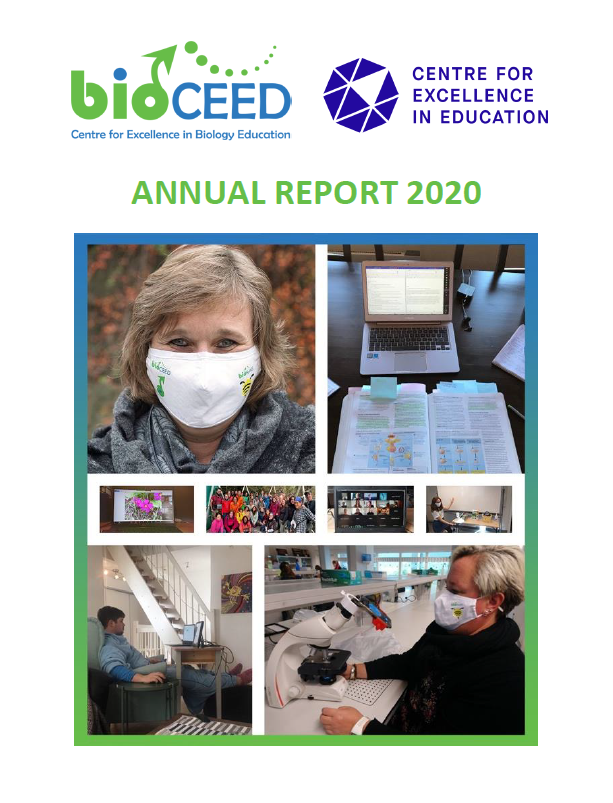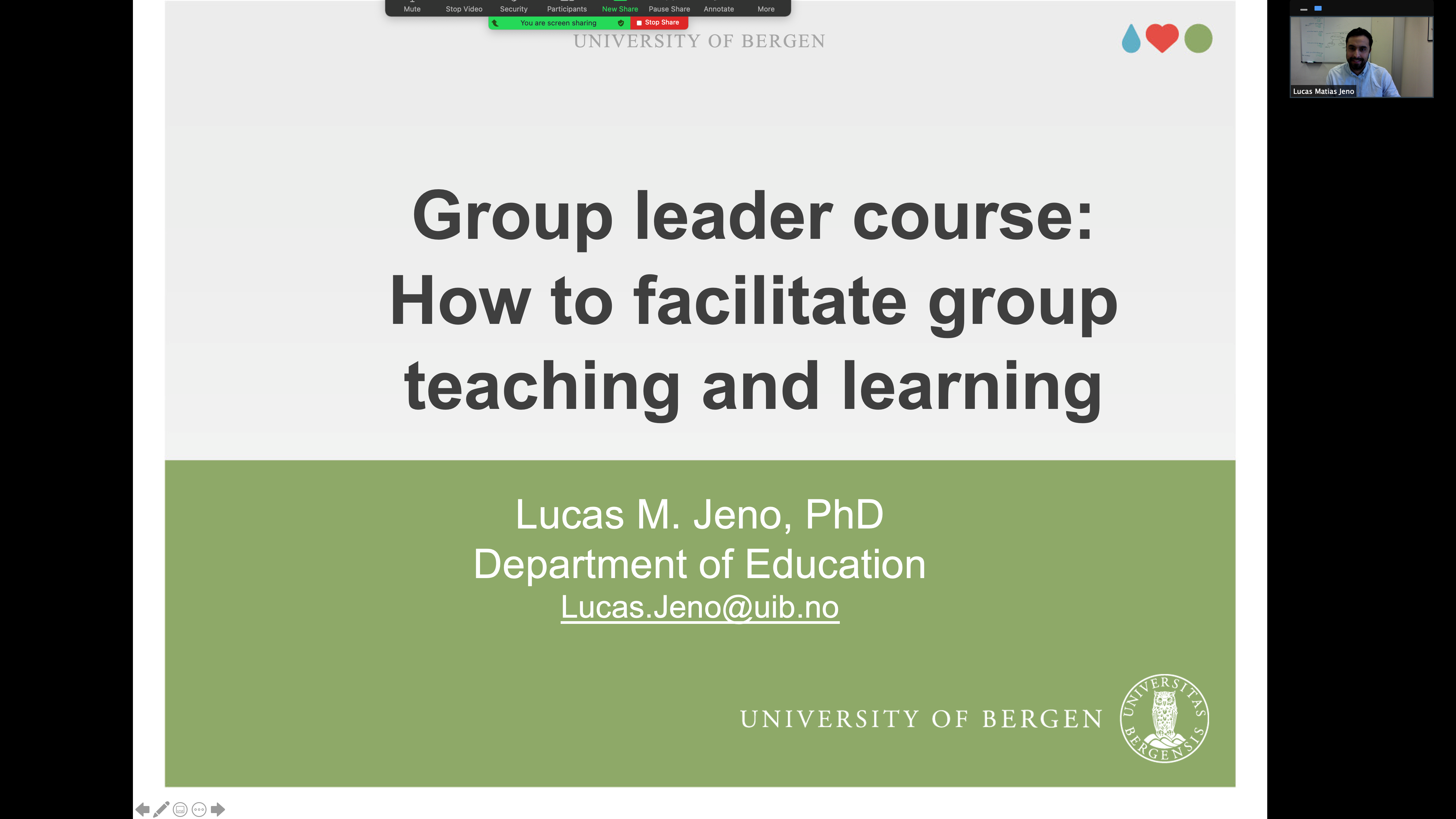Taking practical learning in STEM education home: Examples from do-it-yourself experiments in plant biology
It’s been a full year since most of the world went into lockdown. Since then we have all been more or less living in the virtual world. For many students there lives have been filled with online learning from their living rooms. For many teachers this lead to a total shift in the plans for the courses, especially difficult for practical teaching such as lab and field work. We, Ragnhild Gya and Anne Bjune had to transformed the botany lab module into a fully digital version. But we were not willing to let the students miss out on all the learning from the physical interaction with their study organisms. So we designed two at-home do-it-yourself experiments to ensure that the students could have some practical aspects in their education. We designed the experiments with a student-active, inquiry-based pedagogy in mind, to ensure active learning from the students. In the paper “Taking practical learning in STEM education home: Examples from do-it-yourself experiments in plant biology”, we argue the case for using such experiments when campuses all around the world are still closed, and in the future if budget cuts lead to less time in lab facilities.
Abstract from the paper:
“Practical teaching can give authentic learning experiences and teach valuable skills for undergraduate students in the STEM disciplines. One of the main ways of giving students such experiences, laboratory teaching, is met with many challenges such as budget cuts, increased use of virtual learning, and currently the university lockdowns due to the COVID-19 pandemic. We highlight how at-home do-it-yourself (DIY) experiments can be a good way to include physical interaction with your study organism, system, or technique to give the students a practical, authentic learning experience. We hope that by outlining the benefits of a practical, at-home, DIY experiment we can inspire more people to design these teaching activities in the current remote teaching situation and beyond. By contributing two examples in the field of plant biology we enrich the database on experiments to draw inspiration from for these teaching methods.”



